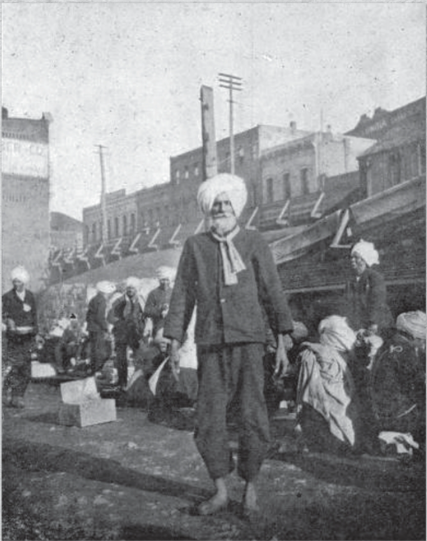Introduction
The goal of the Unarchived Online Campaign is to raise public awareness and participation in a project that draws inspiration from the events depicted in “Unarchived.” This campaign seeks to establish a connection with our target audience and stakeholders through strategic communication initiatives, promoting engagement, involvement, and support for the project.
Audience
Our target audience is made up of a variety of demographics, such as Millennials and Generation Z members who care about social justice and the preservation of cultural heritage. We also aim to reach scholars, historians, and cultural aficionados who are fervent about preserving and recording marginalized history. Diasporan South Asians, particularly those who have ties to the events depicted in “Unarchived,” make up another important portion of our viewership. To further spread our message, we also want to work with digital content producers and social media influencers that are interested in diversity, inclusiveness, and cultural representation.
Spokespeople
Principal spokespersons for the campaign include Dr. Tzu-I Chung, Curator of History at the Royal BC Museum, and Dr. Satwinder Kaur Bains, Director of the South Asian Studies Institute (SASI) at the University of the Fraser Valley. In addition, active young volunteers and community members who are either directly involved in the effort or impacted by its results will offer insightful and important viewpoints.
Research
Through focus groups, surveys, and social media listening, we do extensive audience analysis as part of our research efforts to better understand the interests, preferences, and issues of our target demographic and inform our message and content strategy. In order to place our campaign within the larger context and optimize effect, we also carry out market research to find trends in social justice movements, internet participation, and cultural preservation. Finally, in order to emphasize the significance of conserving South Asian Canadian legacy and strengthen the veracity of our narrative, we explore the historical background of the events portrayed in “Unarchived”.
Calendar
This blog post acts as an introduction to our campaign during its first phase, outlining our goals. We intend to publish a number of blog entries in the upcoming month, all of which will be carefully scheduled to optimize interaction and effect. Although the precise frequency of articles may fluctuate, our goal is to keep a steady pace, maybe publishing one blog post every week. With our audience’s attention and expectation sparked, this timeline enables us to lay a solid basis for our campaign. It also gives us plenty of chances to continuously improve our messaging and strategy in response to audience input and campaign performance indicators.
Conclusion
Engaging with a varied audience, the Unarchived Online Campaign offers a chance to emphasize the need of conserving and sharing South Asian Canadian heritage. By utilizing effective communication strategies and captivating material, our goals are to promote community engagement, meaningful discourse, and a more diverse and culturally rich society.

